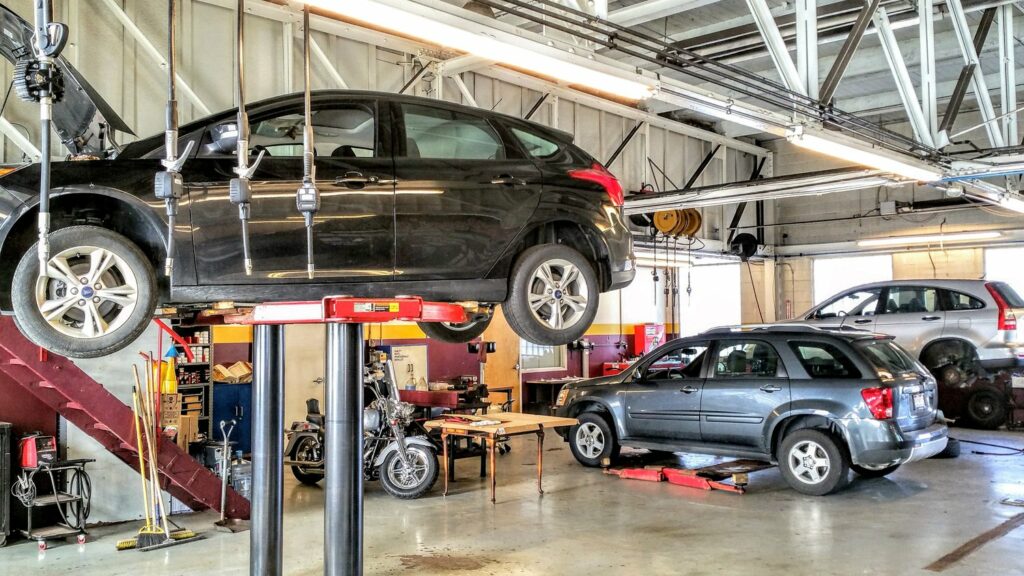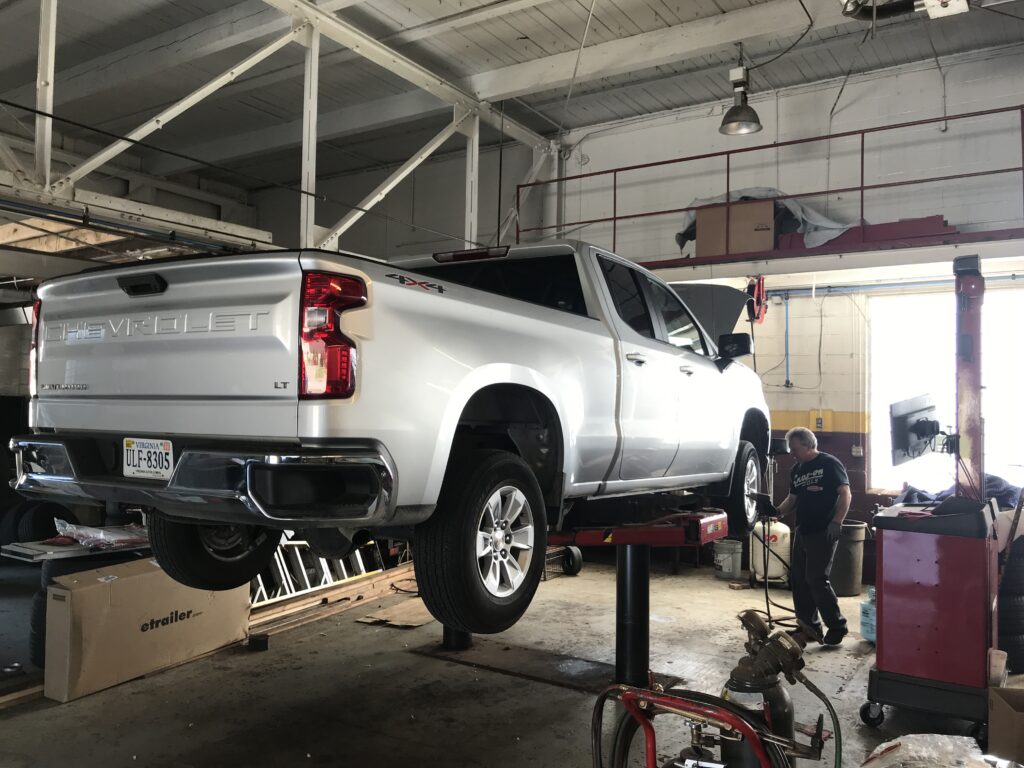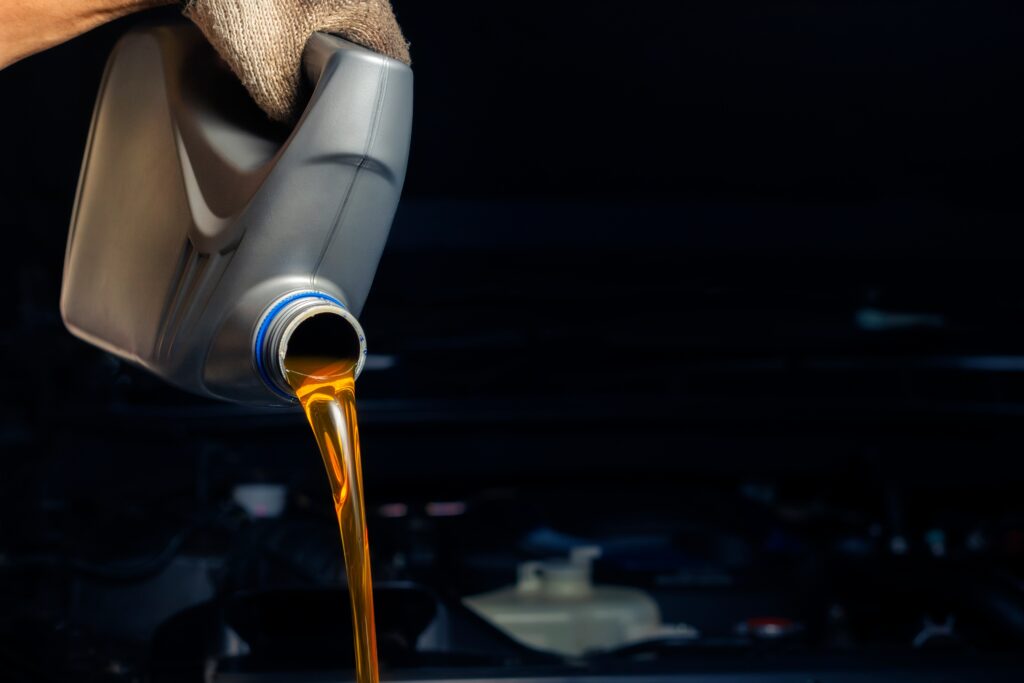Electric vehicles (EVs) like Teslas are rapidly becoming a common sight on the road, thanks to their sleek design, innovative technology, and commitment to reducing carbon emissions. You might be wondering do Teslas need oil changes? However, for those used to maintaining traditional internal combustion engine (ICE) vehicles, the maintenance of an electric car can raise a lot of questions. One of the most common is: Do Teslas need oil changes? The short answer is no, but there’s more to the story. This article will explore why Teslas don’t require traditional oil changes, what maintenance they do need, and how owning an electric vehicle can simplify your life.

Understanding the Role of Oil in Traditional Vehicles
To understand why Teslas don’t need oil changes, it’s essential to first understand the role oil plays in a traditional vehicle. In an internal combustion engine, oil serves as a lubricant for the engine’s moving parts, such as pistons, crankshafts, and camshafts. It reduces friction, helps dissipate heat, and prevents the engine from wearing out prematurely. Over time, however, the oil breaks down and becomes contaminated with dirt, metal particles, and other debris, which is why regular oil changes are necessary to keep the engine running smoothly.
Most vehicles with internal combustion engines require an oil change every 3,000 to 7,500 miles, depending on the type of oil used and the manufacturer’s recommendations. This is one of the most frequent and essential maintenance tasks for traditional vehicles, but it’s completely unnecessary for electric vehicles like Teslas.
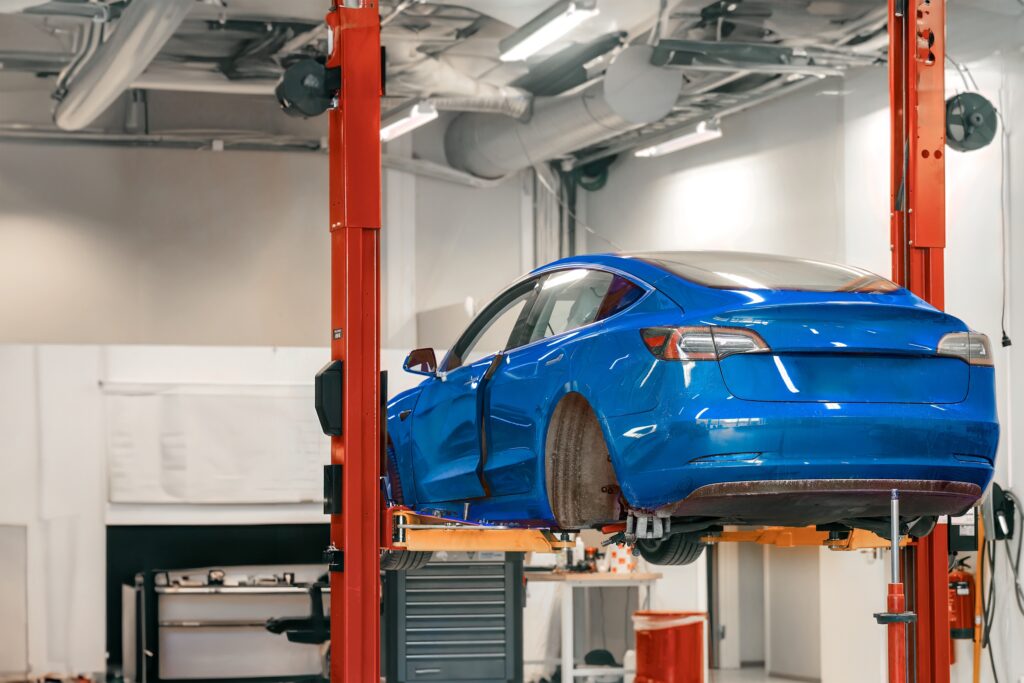
Do Teslas Need Oil Changes? Why Teslas Don’t Need Oil Changes
Teslas, like all electric vehicles, do not have an internal combustion engine. Instead, they are powered by electric motors, which operate differently from traditional engines. Electric motors have far fewer moving parts, and they do not rely on the combustion of fuel to generate power. As a result, there is no need for engine oil, oil filters, or any of the related components that are required to keep a traditional engine lubricated.
Electric motors are powered by electricity stored in a large battery pack. When you press the accelerator pedal, electricity flows from the battery to the motor, which then drives the wheels. Because there is no combustion process and no pistons moving up and down, there’s no need for oil to lubricate moving parts inside an engine.
In addition to not needing oil changes, electric vehicles like Teslas have significantly fewer parts that require regular maintenance. This is one of the key benefits of owning an electric car—less maintenance and fewer trips to the mechanic.

Maintenance for Teslas
While Teslas don’t need oil changes, that doesn’t mean they are completely maintenance-free. Like any vehicle, Teslas require regular upkeep to ensure they remain in good working order. However, the maintenance tasks for a Tesla are quite different from those of a traditional car.
1. Brake Maintenance
One of the surprising benefits of driving a Tesla is that brake maintenance is less frequent than in traditional cars. This is due to regenerative braking, a system that allows the car to recover energy and use it to recharge the battery when the brakes are applied. Regenerative braking reduces wear and tear on the brake pads and discs, meaning they last much longer. However, it’s still important to have the brakes inspected periodically to ensure they are functioning correctly.
2. Tire Rotation and Alignment
Like any vehicle, Teslas require regular tire maintenance. This includes tire rotations, wheel alignments, and ensuring that the tires are properly inflated. Regular tire maintenance helps extend the life of the tires, improves fuel efficiency (or in this case, battery efficiency), and ensures the car handles safely.
3. Battery Coolant Replacement
While Teslas don’t have traditional engine oil, they do have a cooling system that uses a special coolant to keep the battery at the optimal temperature. Over time, this coolant can degrade and may need to be replaced. The interval for replacing battery coolant varies by model, but it’s typically much longer than the oil change interval for a traditional car.
4. Cabin Air Filter
Another maintenance task for Teslas is replacing the cabin air filter. This filter helps keep the air inside the vehicle clean by trapping dust, pollen, and other airborne particles. Tesla recommends replacing the cabin air filter every two years for most models.
5. Software Updates
One unique aspect of Tesla ownership is the importance of software updates. Tesla regularly releases over-the-air updates that add new features, improve performance, and enhance safety. Keeping your Tesla’s software up to date is essential for getting the most out of your vehicle.

The Cost Savings of Owning a Tesla
One of the major advantages of owning a Tesla or any electric vehicle is the potential cost savings on maintenance. Since Teslas don’t require oil changes, transmission fluid replacements, spark plug replacements, or many of the other routine maintenance tasks associated with internal combustion engines, owners can save a significant amount of money over the life of the vehicle.
In addition to lower maintenance costs, Teslas also tend to have lower fuel costs compared to traditional gasoline-powered vehicles. Charging a Tesla at home is generally much cheaper than filling up a gas tank, and with the increasing availability of public charging stations, finding a place to charge your Tesla is becoming more convenient than ever.
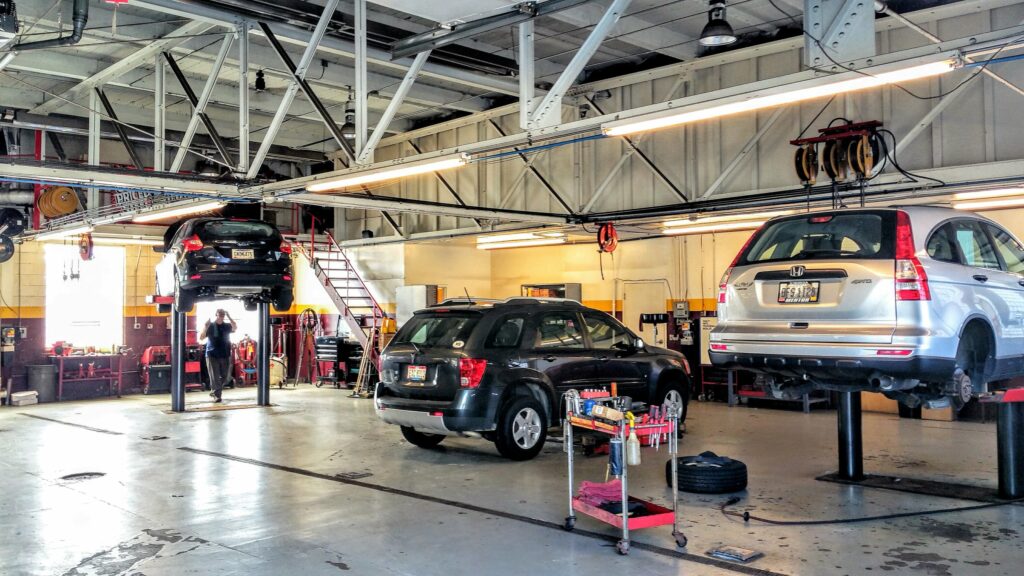
Environmental Benefits of Driving a Tesla
Another compelling reason to consider a Tesla is the environmental impact. Electric vehicles produce zero tailpipe emissions, which means they don’t contribute to air pollution in the same way that traditional vehicles do. Additionally, because Teslas don’t require oil changes, there’s less environmental impact from the production and disposal of engine oil.
Driving a Tesla also helps reduce your carbon footprint. While the electricity used to charge the vehicle may still come from fossil fuels, electric vehicles are generally more efficient than internal combustion engines, meaning they use less energy overall. Plus, as the electricity grid continues to shift towards renewable energy sources, the environmental benefits of driving an electric vehicle will only increase.

Conclusion: Embracing the Future of Driving
In conclusion, Teslas do not need oil changes, which is just one of the many advantages of driving an electric vehicle. The simplicity of electric motors, combined with the innovative design and technology that Tesla is known for, results in a vehicle that requires less maintenance and offers significant cost savings over time.
However, like any vehicle, Teslas do require regular maintenance to ensure they remain in peak condition. Tasks such as tire rotations, brake inspections, and software updates are still necessary, but they are generally less frequent and less expensive than the maintenance required for a traditional car.
For those looking to reduce their environmental impact, save money on maintenance, and enjoy a cutting-edge driving experience, a Tesla is an excellent choice. As electric vehicles continue to grow in popularity, the days of routine oil changes may soon become a thing of the past, making way for a cleaner, more sustainable future in transportation.

